The State Administration of Science, Technology and Industry for National Defense on Thursday announced the top 10 news stories of 2017 in defense-related science and technology, which most embody China’s achievements and breakthroughs in national defense, industry and technology last year.
1. Breakthroughs in key space project
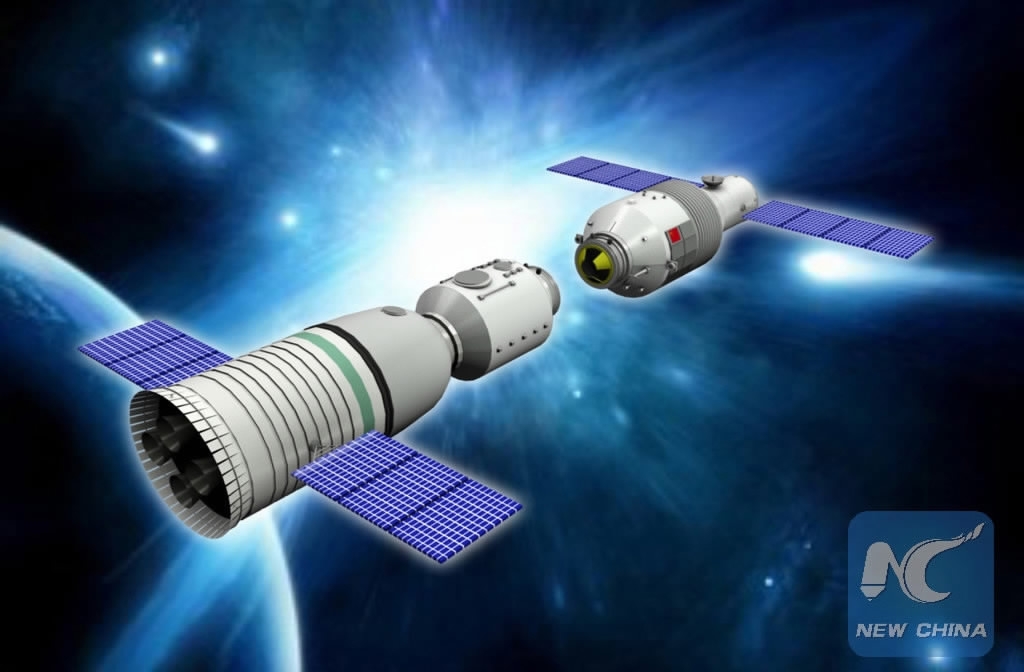
Tianzhou-1 successfully refueled the Tiangong-2 space lab in orbit on April 27, 2017. /Xinhua Photo
Tianzhou-1 successfully refueled the Tiangong-2 space lab in orbit on April 27, 2017. /Xinhua Photo
China's first cargo spacecraft, the Tianzhou-1, blasted off on April 20, 2017, in south China’s Hainan Province. Carried by a Long March-7 Y2 carrier rocket, the Tianzhou-1 successfully refueled the Tiangong-2 space lab in orbit on April 27, 2017.
China's BeiDou Satellite Navigation System (BDS) covers the globe thanks to the two BeiDou-3 satellites launched into space last November. The self-developed system has been providing navigation services in the Asia-Pacific region since 2012.
2. Launches of China’s first self-developed aircraft carrier and new generation destroyer
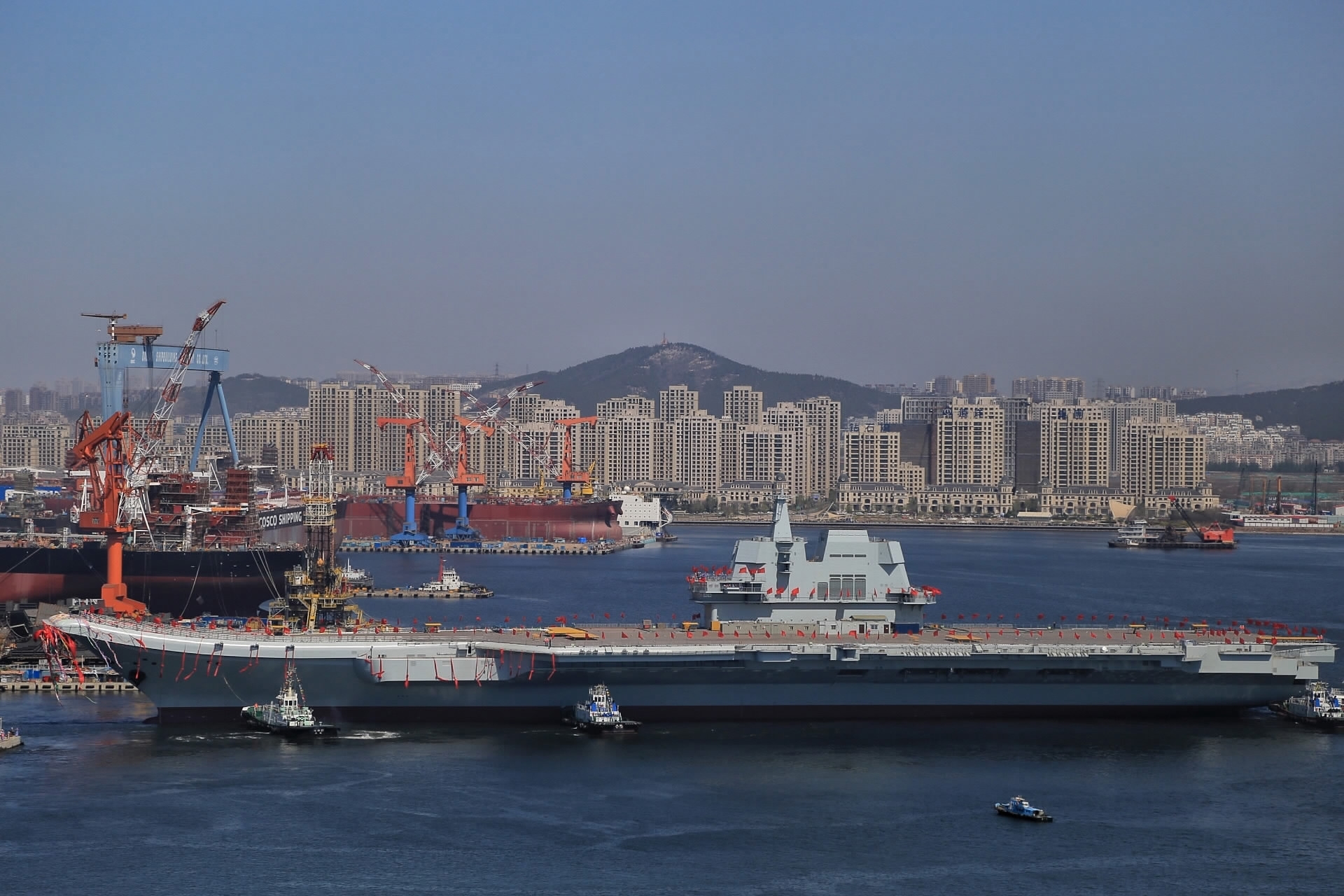
China launched its first domestically constructed aircraft carrier on April 26, 2017. /CGTN Photo
China launched its first domestically constructed aircraft carrier on April 26, 2017. /CGTN Photo
On April 26, 2017, China launched its first domestically constructed aircraft carrier, the Type 001A, at the Dalian shipyard in northeast China's Liaoning Province. The country started building this carrier in November 2013, and dock construction started in March 2015.
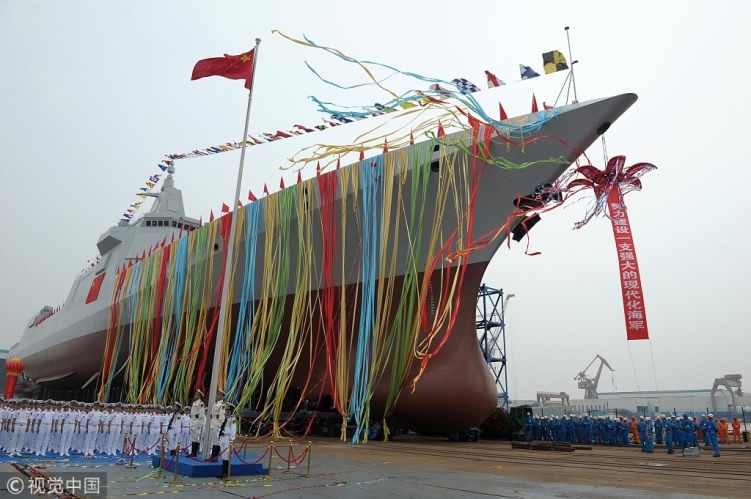
The new-generation missile destroyer launched on June 28, 2017 from the Jiangnan Shipyard (Group) Co., LTD. in Shanghai /VCG Photo
The new-generation missile destroyer launched on June 28, 2017 from the Jiangnan Shipyard (Group) Co., LTD. in Shanghai /VCG Photo
Two months later on June 28, the Chinese navy launched a new-generation missile destroyer from the Jiangnan Shipyard (Group) Co., Ltd. in Shanghai. The 10,000-ton domestically designed and manufactured vessel is the first in a new generation of destroyers.
3. Development in space science, space technology and space application
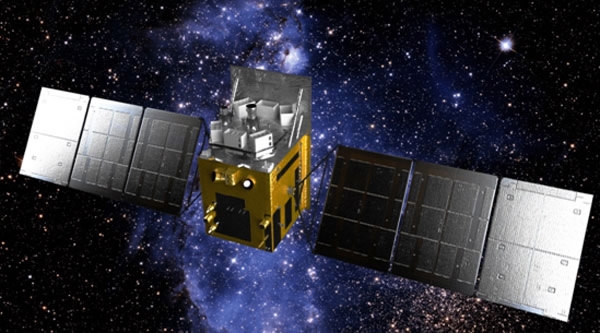
A diagram of the “Huiyan” satellite /China Daily Photo
A diagram of the “Huiyan” satellite /China Daily Photo
China launched its first space telescope, the Hard X-ray Modulation Telescope (HXMT), on June 15, 2017. Named “Huiyan”, HXMT is tasked with surveying the Milky Way to observe black holes, pulsars and gamma-ray bursts.
What’s worth noting is that only four telescopes among dozens around the world were capable of detecting the gravitational waves at high frequency and shooting the best image resolution; HXMT was one of them.
4. Military parade showcased China’s advanced national defense and weaponry
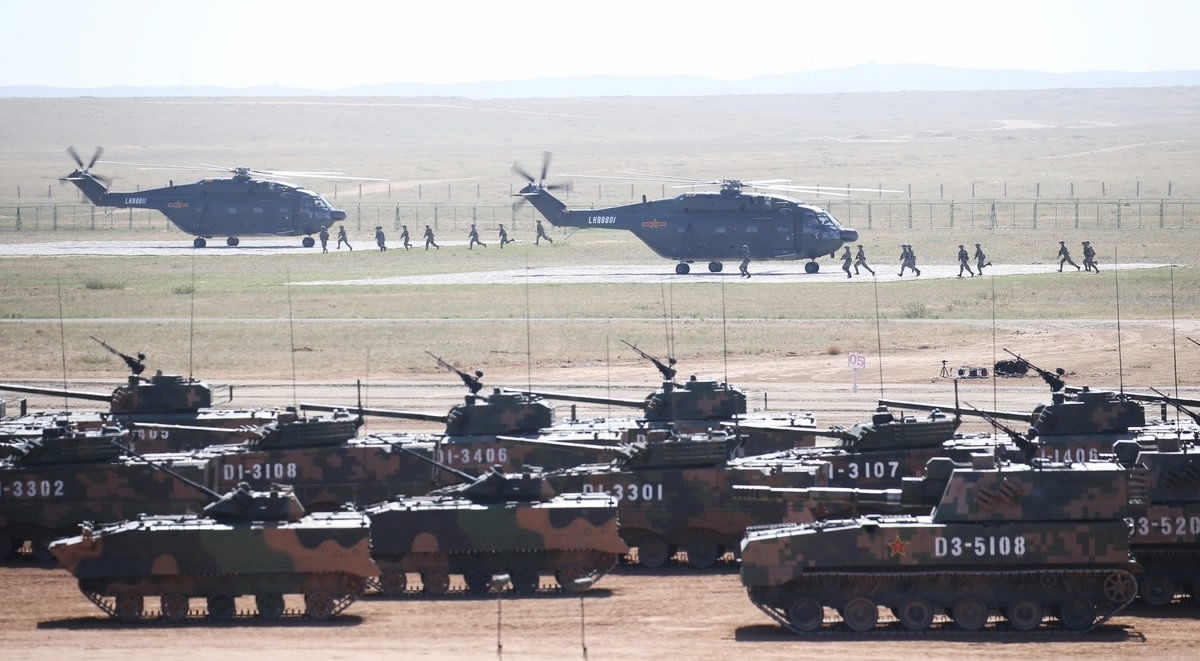
President Xi Jinping inspects the armed forces to mark the 90th founding anniversary of the People's Liberation Army (PLA) at Zhurihe military training base in Inner Mongolia, July 30, 2017. /Xinhua Photo
President Xi Jinping inspects the armed forces to mark the 90th founding anniversary of the People's Liberation Army (PLA) at Zhurihe military training base in Inner Mongolia, July 30, 2017. /Xinhua Photo
China held a grand military parade at Zhurihe training base in northern China's Inner Mongolia Autonomous Region on July 30, 2017, in celebration of the 90th birthday of the Chinese People's Liberation Army (PLA).
Tanks, vehicle-mounted nuclear-capable missiles and other equipment rolled by, as military aircraft flew above, including H-6K bombers, the J-15 carrier-based fighters and new generation J-20 stealth fighters.
12,000 service personnel, more than 129 aircraft and 571 pieces of ground equipment appeared in 36 formations at the parade.
5. J-20 fighter jet put into service, AG600 completed maiden flight
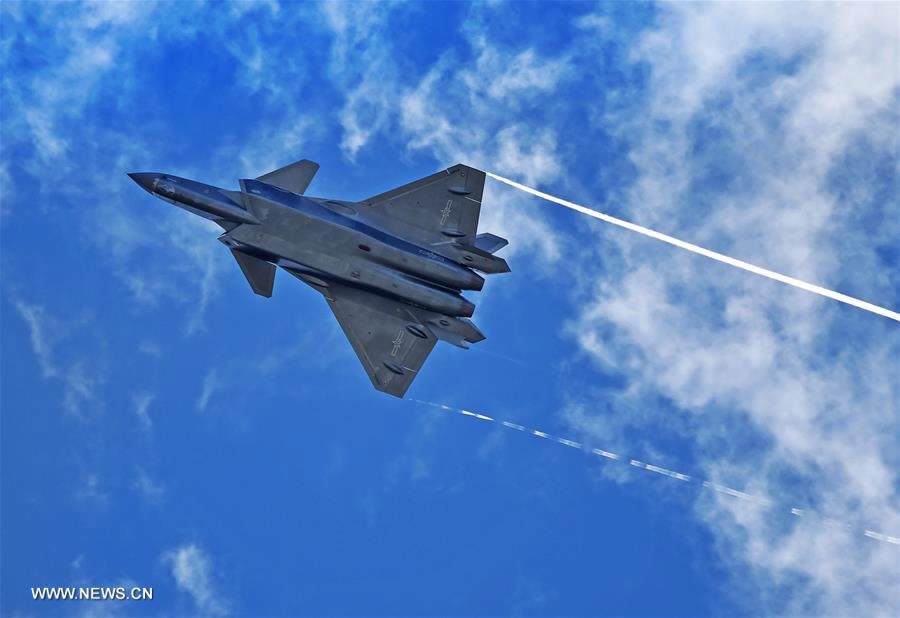
The J-20 is China's fourth-generation medium and long-range fighter jet. /Xinhua Photo
The J-20 is China's fourth-generation medium and long-range fighter jet. /Xinhua Photo
China's latest J-20 stealth fighter has been officially commissioned into military service, said Wu Qian, spokesperson for the Ministry of National Defense on September 28, 2017. The introduction marks dramatic progress in China's efforts to develop advanced aircraft, and strengthen its abilities to safeguard national security.
The J-20 is China's fourth-generation medium and long-range fighter jet. It made its maiden flight in 2011 and was first shown to the public at the 11th Airshow China in Zhuhai, Guangdong Province, in November last year. In July 2017, the aircraft made its parade debut as the PLA staged a show of force to mark its 90th founding anniversary.
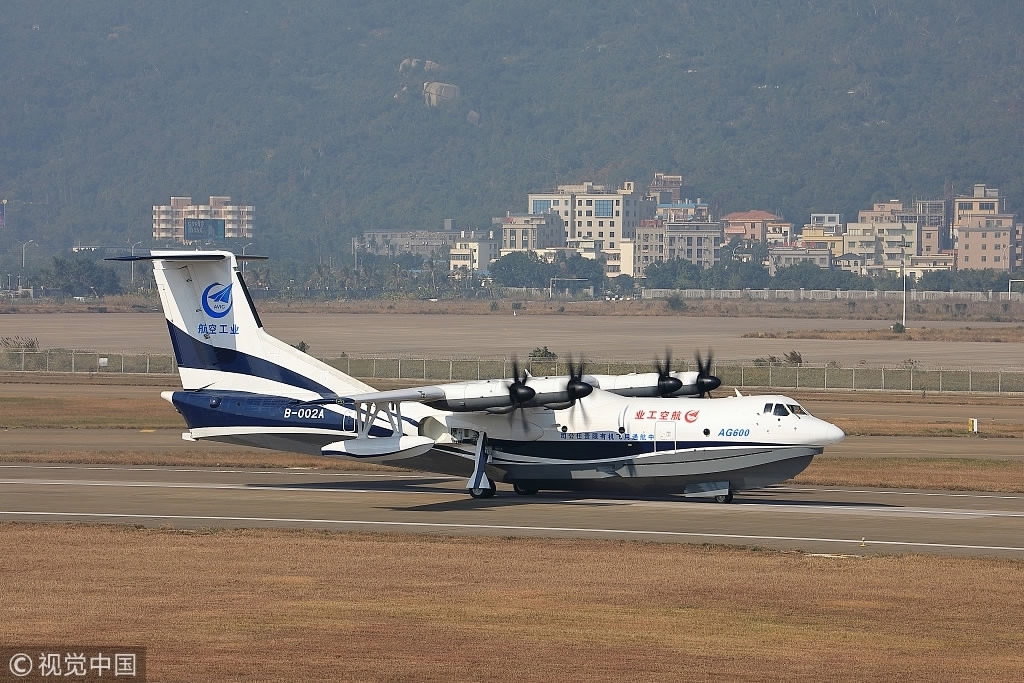
The AG600 is the third member of China's "large aircraft family" after the large freighter Y-20 and large passenger aircraft C919. /VCG Photo
The AG600 is the third member of China's "large aircraft family" after the large freighter Y-20 and large passenger aircraft C919. /VCG Photo
China's first home-grown amphibious aircraft, the AG600, completed its maiden flight in Zhuhai, south China's Guangdong Province, on December 24, 2017. It is a major piece of aviation equipment in China’s expanding emergency rescue system and a milestone in the country's amphibious aircraft development.
Codenamed "Kunlong,” the plane was designed to be put into rescue missions both on land and water.
6. Shenlong-2 to lead the world's development of high-current multi-pulse accelerator
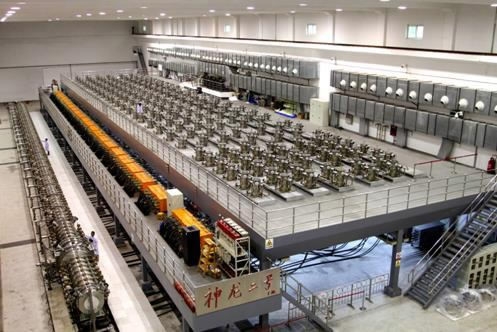
Shenlong-2 accelerator /CCTV Photo
Shenlong-2 accelerator /CCTV Photo
China’s domestically-developed multi-pulse high-power accelerator “Shenlong-2,” also the world’s first of its kind, passed the state-level on-site inspection on Nov. 23, a milestone in the development of linear induction accelerator and China’s flash radiography technology.
The researchers overcame critical problems during the development process, and made innovations in the design and technologies. The inspection panel assessed that the overall technology was at an advanced level globally, and part of the key indicators took the world's lead.
7. District heating with nuclear energy to save resources and environment
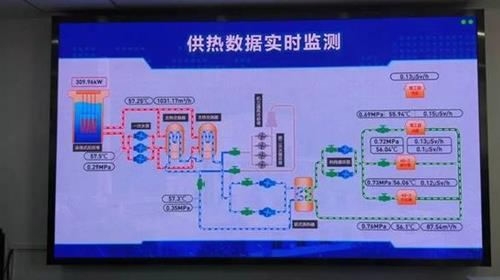
The monitor showing real-time heating data by Yanlong /CCTV Photo
The monitor showing real-time heating data by Yanlong /CCTV Photo
China unveiled its self-developed pool-type low-temperature heating reactor “Yanlong” on Nov. 28, which can continuously supply heat for 168 hours.
Developed by China National Nuclear Corporation (CNNC), the low-temperature heating reactor of 400 megawatts can supply heating covering 20 million square meters, meeting the needs of 200,000 three-bedroom families.
By utilizing nuclear energy for district heating, it can efficiently improve China’s energy structure, alleviate the increasing pressure of energy supply and reduce emissions.
8. Measures to deepen civil-military integration in defense technology industry
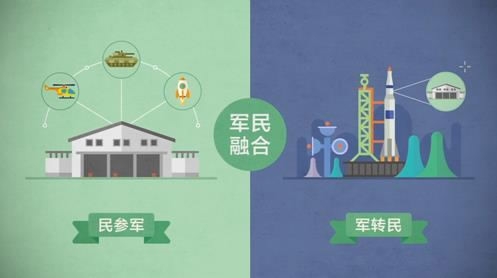
China has launched several measures to boost civil-military integration. /CCTV Photo
China has launched several measures to boost civil-military integration. /CCTV Photo
China has launched several measures to boost civil-military integration, as said in a guideline issued by the State Council on Dec. 4.
Expanding the access to military-related industry, enhancing the sharing of military and civilian resources and collaborative innovation, interchanging military and civilian technologies are means to achieve substantial breakthroughs in the civil-military integration.
9. Launch of world’s fastest quantum random number generator

The high-speed quantum random number generator developed by China Electronics Technology Group Co. /CCTV Photo
The high-speed quantum random number generator developed by China Electronics Technology Group Co. /CCTV Photo
China Electronics Technology Group Co. (CETC) unveiled a high-speed quantum random number generator (QRNG) at the 2017 World Internet Conference on Dec. 4.
With a real-time generation rate of over 5.4G per second and an ultimate rate of over 117G per second, the QRNG peeled off the record set by its predecessors, ranking the world’s fastest.
As the core device to realize quantum secure communication, the one developed by CETC is at the world’s advanced level and can be widely used in the quantum communication industry and information security industry.
10. Delivery of world’s first smart bulk carrier
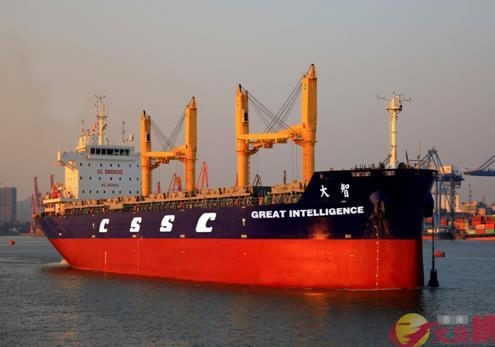
The world's first smart bulk carrier "Da Zhi" /CCTV Photo
The world's first smart bulk carrier "Da Zhi" /CCTV Photo
Developed by China State Shipbuilding Corporation, the world's first smart bulk carrier "Da Zhi" was delivered in Shanghai on Dec. 5, kicking off an era of more secure, economical and environmental-friendly shipping.
It is equipped with up-to-date information technologies, including the world's first self-learning information platform, large-capacity calculations and a China-developed intelligent remote control system.
The smart vessel is also the world's first to get recognition from both Lloyd's Register and the China Classification Society.














